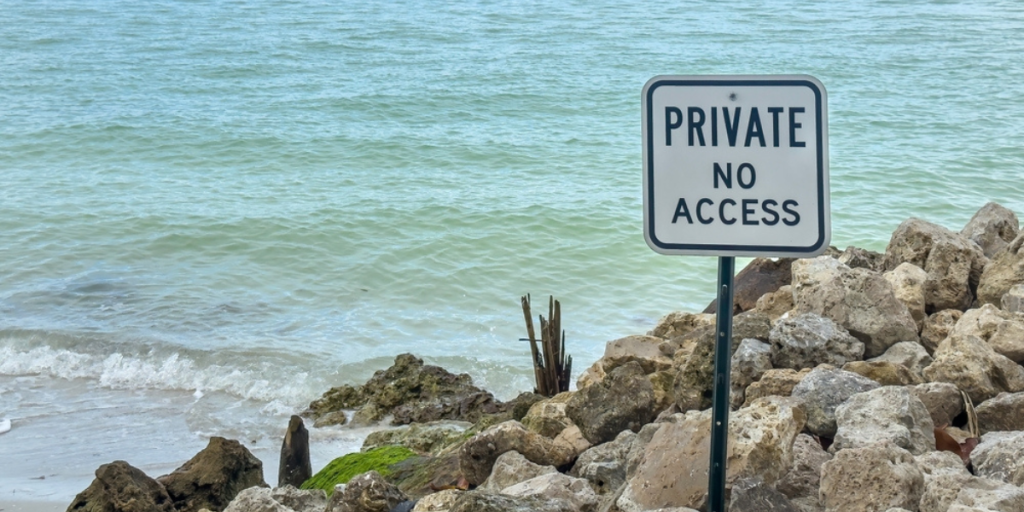Enter at your own risk?
Others are reading now
Enter at your own risk?
Forbidden zones: Where the world says keep out
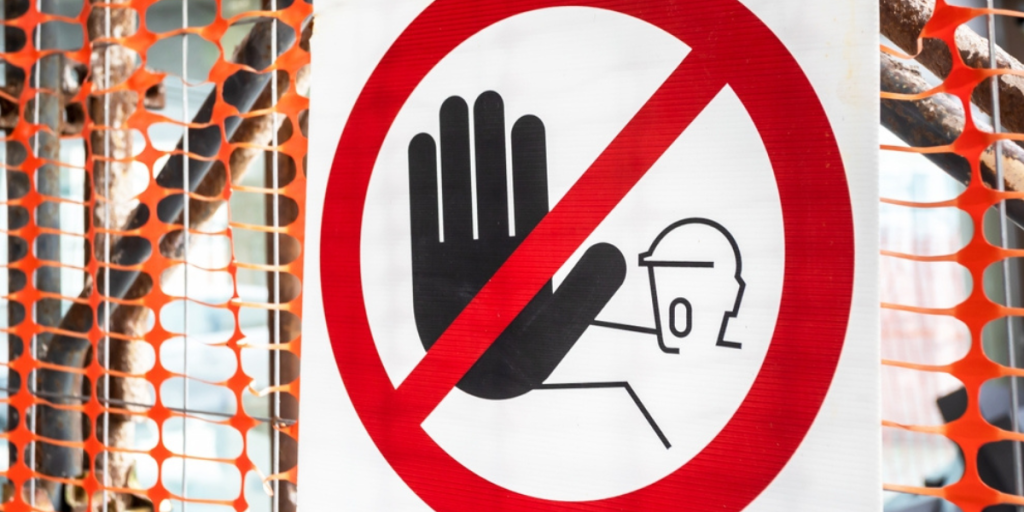
The world is full of breathtaking places that invite exploration—but some are shrouded in secrecy, danger, or sacred protection.
From toxic tombs to islands with killer snakes, these 9 places are not just off the beaten path—they’re completely off-limits. Whether banned for safety, science, or sovereignty, here’s a peek at the most forbidden corners of Earth.
1. North Sentinel Island, India — untouched and dangerous
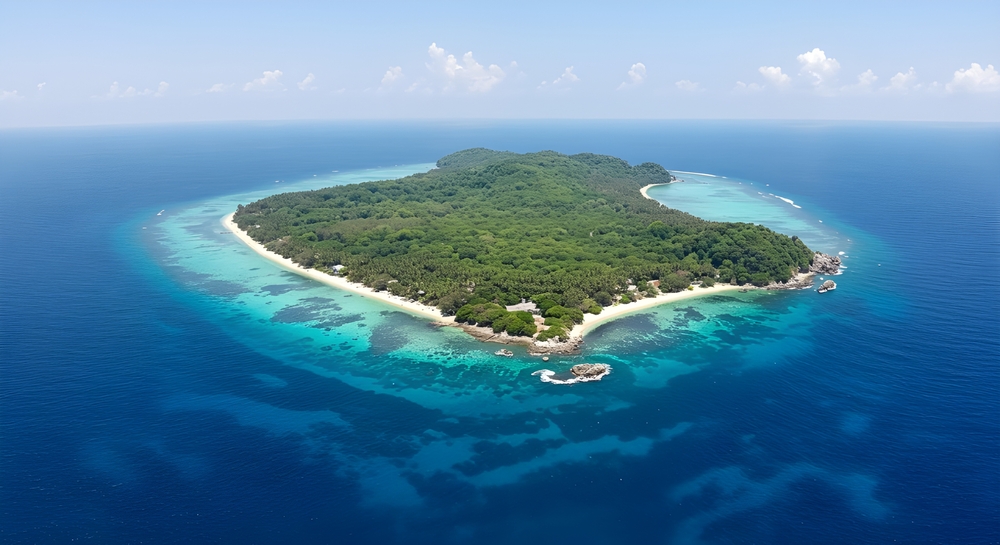
Located in India, North Sentinel Island is home to one of the last uncontacted tribes on Earth. The Sentinelese people have lived in isolation for thousands of years—and violently reject outsiders.
Approaching the island is illegal and dangerous. The Indian government enforces a 5-kilometer exclusion zone to protect both the tribe and potential visitors.
Also read
2. Snake Island, Brazil — a deadly paradise
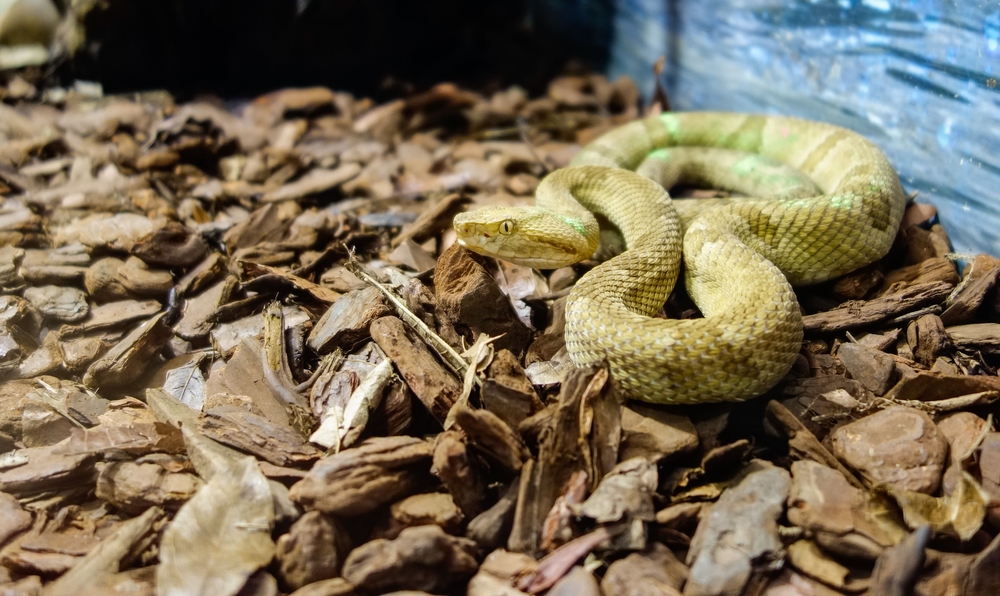
Snake island might look like a tropical paradise, but it’s home to thousands of golden lancehead vipers—snakes so venomous that their bite can melt human flesh.
According to Reader’s Digest, there’s a saying that there is roughly one snake per square meter. Because of this, Brazil has completely banned public access to the island. Only researchers with government clearance—and a doctor—are allowed to set foot there.
3. Vatican Secret Archives — ancient secrets under lock and key
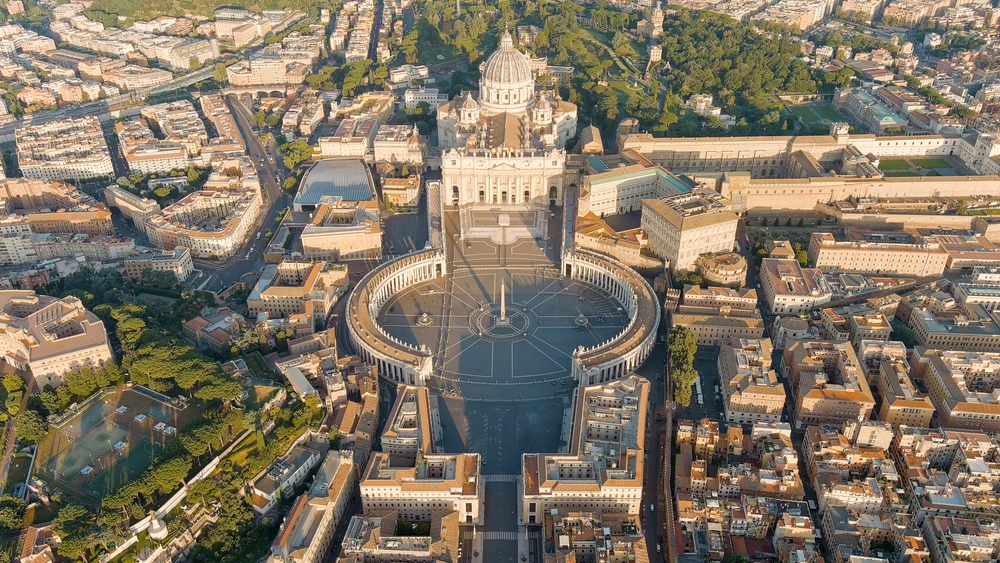
Buried beneath Vatican City are 53 miles of shelving that hold some of the Church’s most guarded documents. From papal letters to heresy trials, the archives are closed to the public.
Only select scholars are granted temporary access—and even then, only after rigorous approval. Rumors of forbidden knowledge only add to the mystery.
4. The tomb of Qin Shi Huang, China — sealed for eternity
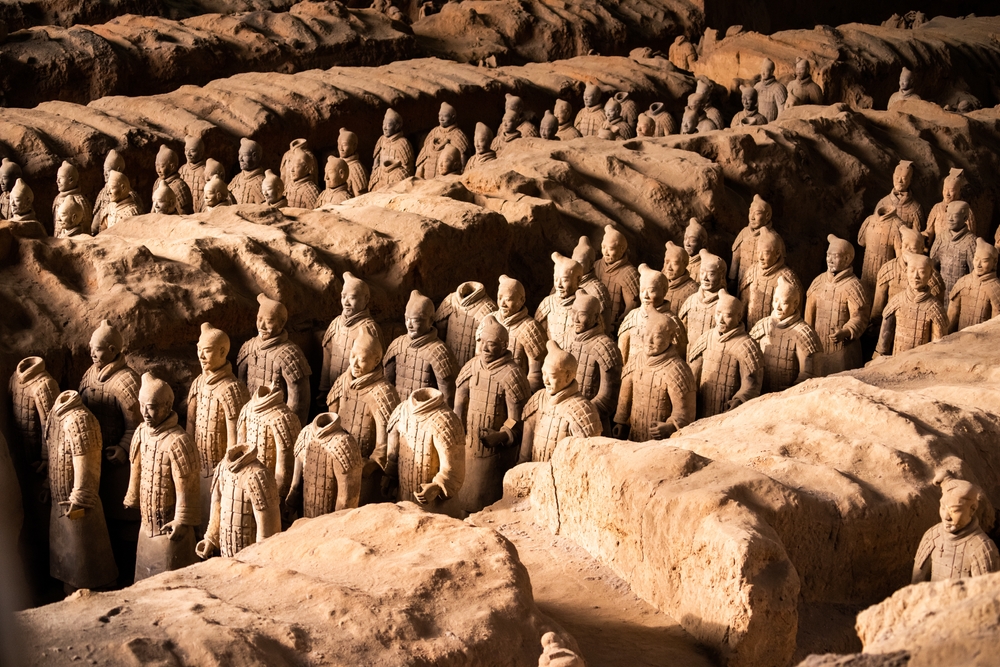
China’s first emperor was buried with the famous Terracotta Army, but the actual tomb chamber remains untouched.
Also read
The site contains high levels of toxic mercury, and archaeologists fear damaging priceless artifacts. Out of respect—and caution—the central tomb has been sealed off for many years. Even researchers aren’t allowed inside.
5. Fort Knox, USA — the world’s most secure vault
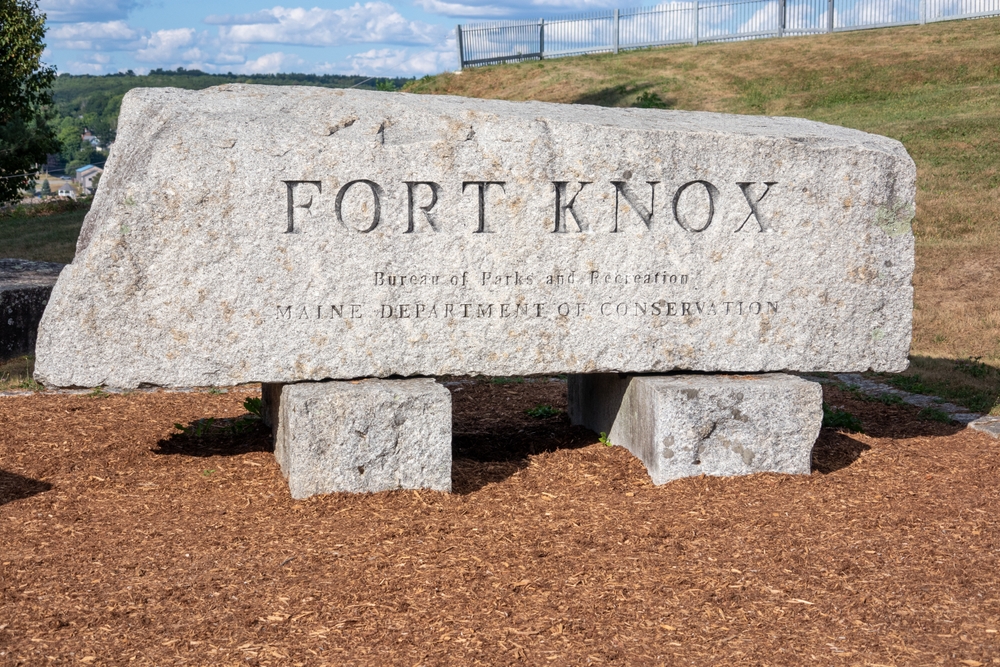
What’s behind the 20-ton steel door at Fort Knox? Officially, a huge portion of the U.S. gold reserve. But no civilian has ever been inside.
The facility in Kentucky is protected by armed guards, surveillance, and layers of security. No single person knows the entire vault combination—making it all but impenetrable.
6. Area 51, USA — the epicenter of alien conspiracy
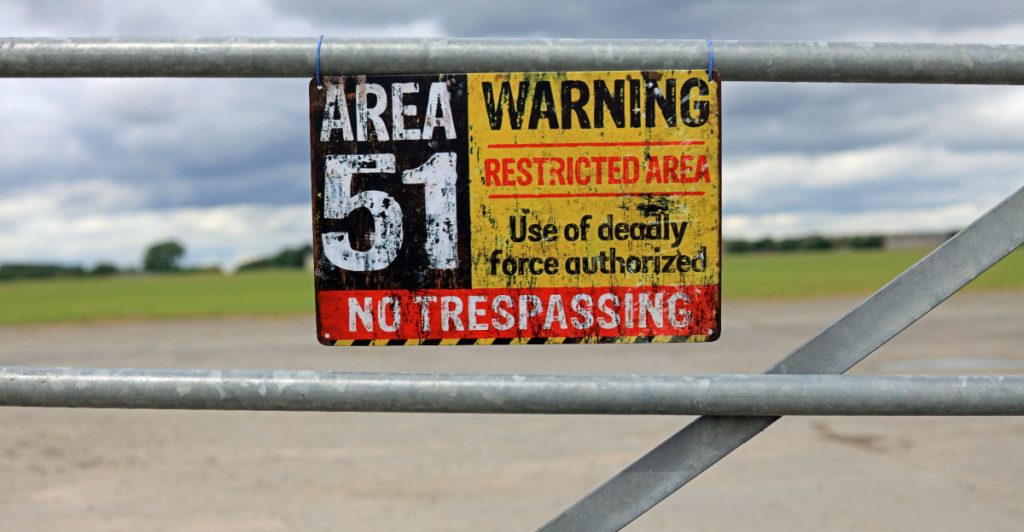
The U.S. government didn’t admit Area 51 existed until the 2013, fueling decades of alien rumors.
While its purpose is likely tied to experimental aircraft, the base remains one of the most secretive in the world. You can’t visit, fly over, or get near it without risking arrest. Even insiders travel via private flights with the windows covered.
Also read
7. Chernobyl Exclusion Zone, Ukraine — radiation and ruins
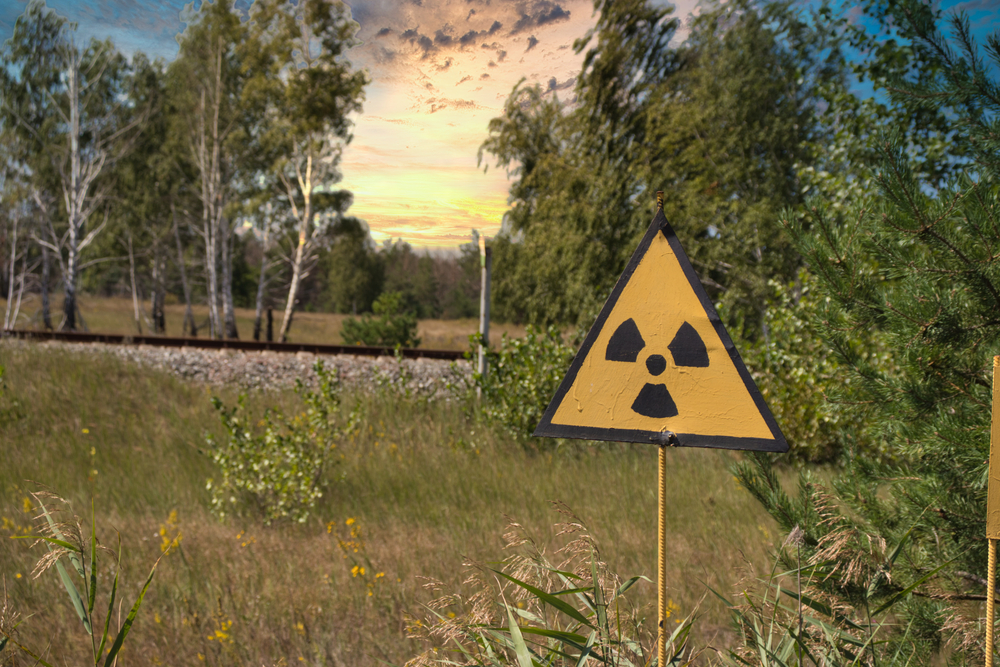
Once home to the world’s worst nuclear disaster, the area around Chernobyl remains highly radioactive in places. While limited tours used to be allowed, the war in Ukraine has made access even more restricted.
Scientists say parts of the zone will remain unsafe for human life for the next 20,000 years.
8. UN buffer zone, Cyprus — frozen in time
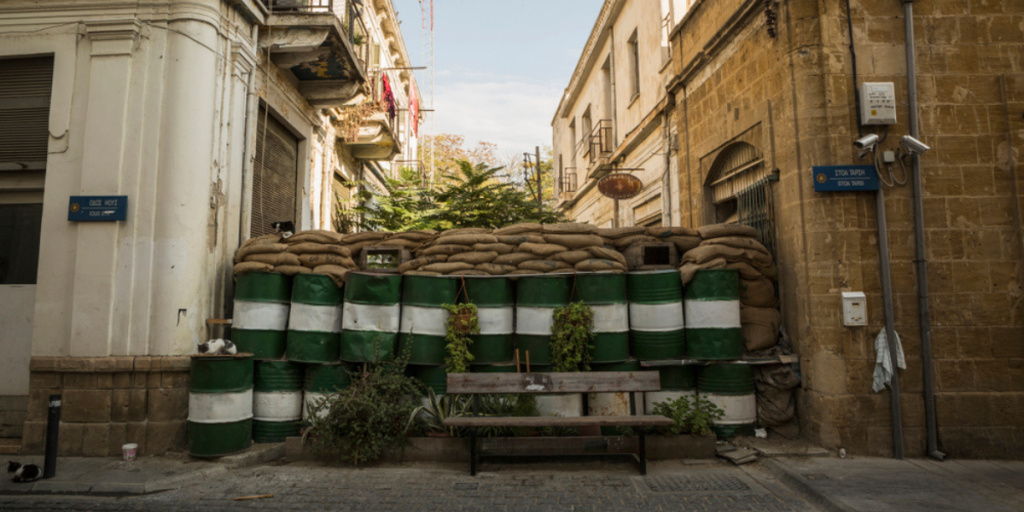
Stretching 180 kilometers across the island, this no-man’s-land divides Turkish-controlled north Cyprus from the south.
After a 1974 war, the UN set up the buffer zone to prevent conflict. Inside are abandoned homes, ghost towns, and sealed checkpoints. While some crossings have reopened, large parts remain eerily untouched and off-limits.
9. Lascaux Cave, France — where breathing can destroy history
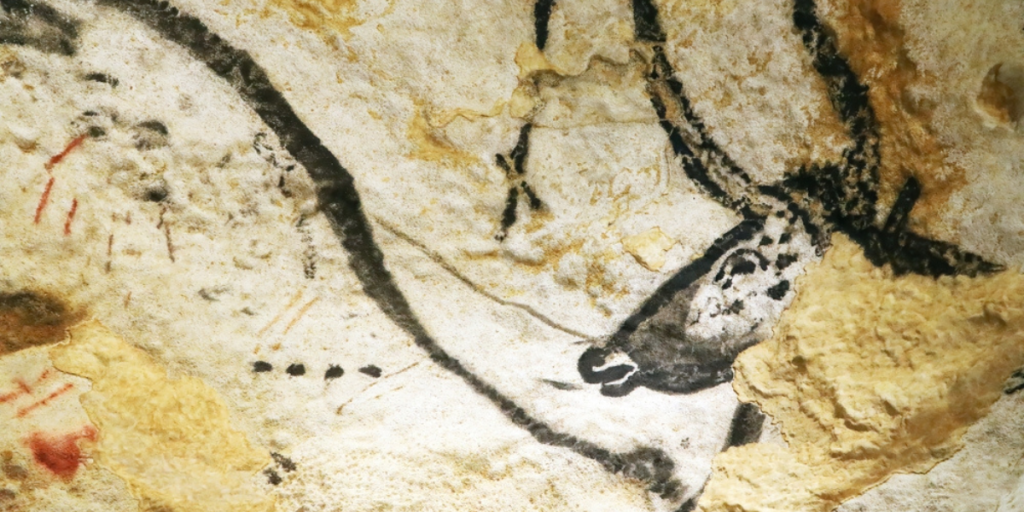
Discovered in 1940, the Lascaux cave contains stunning prehistoric paintings estimated to be 17,000 years old.
Also read
But tourism nearly destroyed them. Carbon dioxide from human breath caused mold and fading. The cave was closed in 1963, replaced with replicas nearby. Today, only a few preservationists are ever allowed inside the real site.
Why the world needs its secrets

Some places are off-limits for a reason—and not all of them are sinister. Whether it’s to preserve ancient history, protect vulnerable tribes, or keep dangerous secrets under wraps, these forbidden zones remind us that not every corner of Earth is meant to be seen.
Sometimes, the unknown is exactly what keeps a place fascinating.

